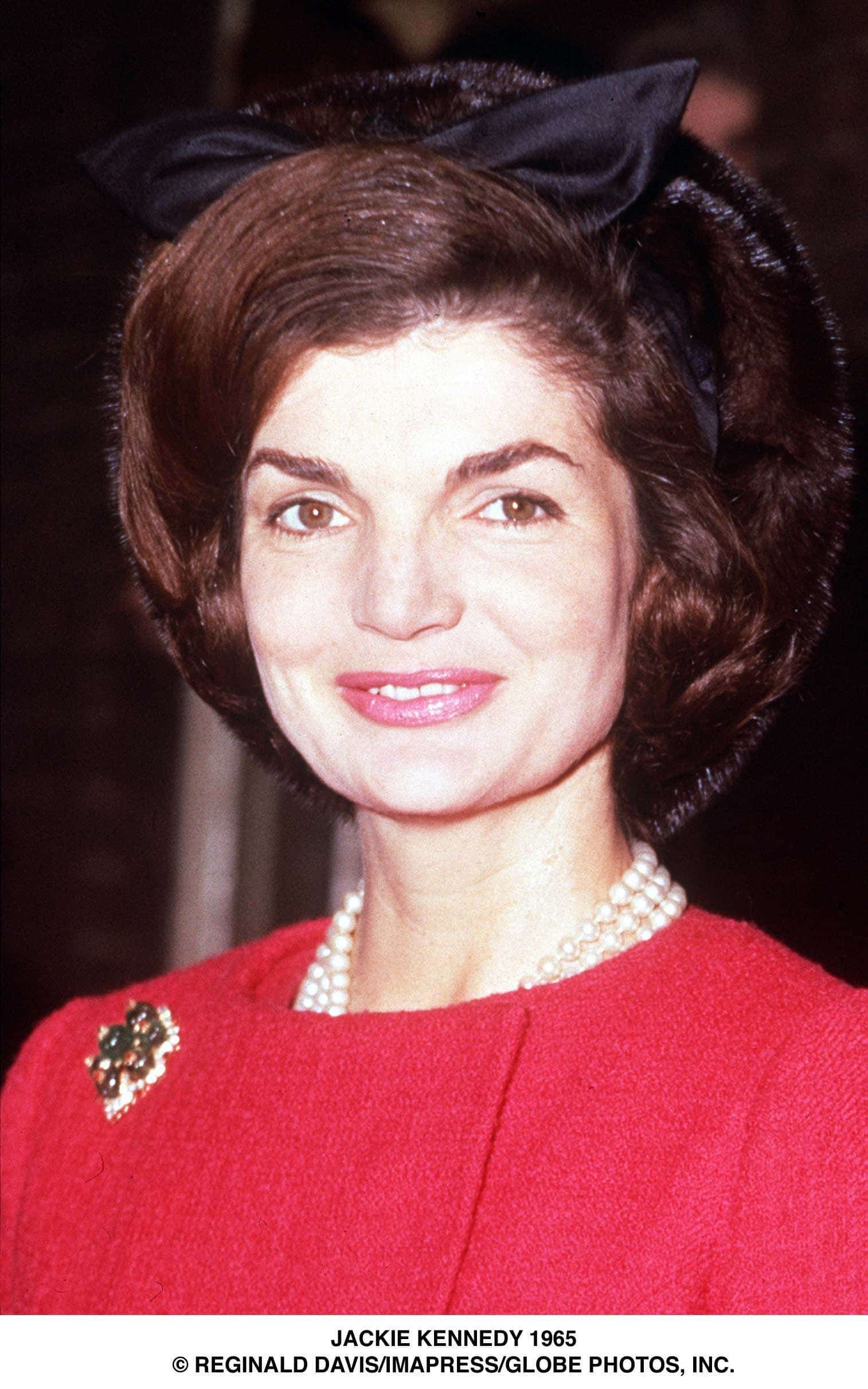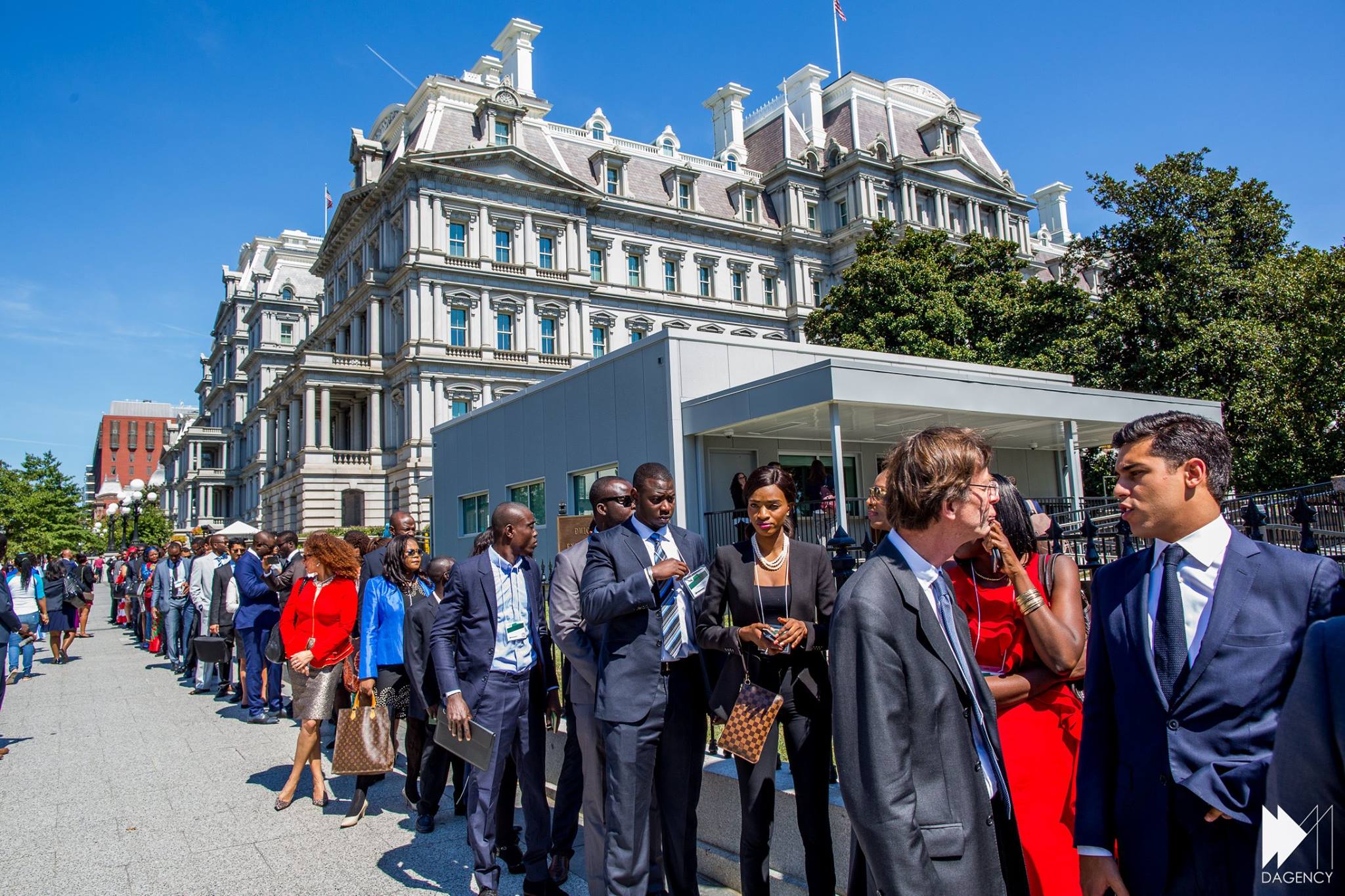Table Of Content

Pei to design the library and decided upon a striking location overlooking Boston Harbor. In 1962, Mrs. Kennedy learned that the historic homes that lined Lafayette Square across the street from the White House were scheduled for demolition to make room for large government office buildings. She personally intervened and commissioned a new plan that preserved the historical identity of the famous square. The period town homes were sheathed in red brick and the new office buildings placed behind them. Mrs. Kennedy's interests in historic preservation went beyond the White House walls.
Look for more clues & answers
The calm, tranquil depiction of the Seine was a gift of the Kennedy family in memory of President John F. Kennedy. Monet produced a series of paintings of the Seine from 1896 to 1897. She is perhaps most famous, however, for her courage in the aftermath of her husband's assassination. Her strength and resolve were evident when, in her blood-spattered coat, she stood next to Lyndon Baines Johnson at his swearing-in, when she took her place in President Kennedy's funeral processional, and as she helped the nation grieve.
U.S. First Ladies: Making History and Leaving Legacies
Jacqueline's influence on historic preservation was not limited to the presidential mansion. She became involved in projects throughout Washington, DC, that preserved buildings of historical significance, such as the Executive Office Building and those in Lafayette Square, a residential area across the street from the White House. She also generated interest on a local level as community leaders flooded the White House with inquiries about restoration and about gaining landmark status for homes and buildings. Her support of historic preservation also reached beyond the United States as she brought international attention to the thirteenth-century B.C. Temples of Abu Simbel that were in danger of being flooded by Egypt's Aswan Dam.
Jackie’s predecessor in the White House Crossword Clue Answer is…
Dick Nixon is the victim of the worst press that ever hit a politician in this country. From a politically partisan perspective, it seemed as if her hosts would have been the least likely to have lured her back. From a human and familiar viewpoint, as well as respect once shown by those who have occupied the presidency, especially by those who had once held the position or been married to one who had, it made perfect sense. And so, in the new year of 1971, President Richard Nixon and his wife, First Lady Pat Nixon, invited Jacqueline Kennedy Onassis for a visit and dinner at the White House. Solving the New York Times crossword has become a beloved pastime for many, and there are even competitions and clubs devoted to crossword puzzle solving.
Historical Usage in Crossword Puzzles
"Everything in the White House must have a reason for being there," Kennedy told Life magazine. "It would be sacrilege merely to redecorate it—a word I hate. It must be restored, and that has nothing to do with decoration. That is a question of scholarship." By this point in her career, Parish was already the well-known designer of “Mrs. Jackie Kennedy had already worked with her to decorate the Georgetown house that the Kennedys lived in after their first child was born, as well as some other projects.
At the end of the tour, President Kennedy joins the first lady on camera, offering comment on her restorations. As President of the White House Historical Association Stewart McLaurin leads the nonpartisan, nonprofit in its mission to preserve, protect, and provide access to White House history. As a lifelong student of history, Stewart is an avid reader, author, and storyteller. Drawing on his own experiences, relationships, and knowledge he provides listeners with a front row seat to history at the White House. She searched everywhere, from storage rooms to bathrooms, to unearth valuable items already in the White House. These efforts aided in the discovery of light rugs ordered by Theodore Roosevelt and French flatware from James Monroe's era.
Disappointed with its appearance, Mrs. Kennedy referred to the White House as "that dreary Maison Blanche." Calling it an "18th-century house," she believed that it should be furnished with antiques in the style of past presidents. It was, she thought, a museum that should reflect the artistic history of the United States. Then, as March of 1993 approached, Jacqueline Onassis learned that Pat Nixon was almost certain to be marking her last birthday. President Nixon recalled that he and his family had greeted the Kennedys in the Diplomatic Reception Room. His daughter Julie Nixon Eisenhower, however, recalled that the Kennedys were brought up the private quarters where she, her mother and sister Tricia met them to guide a tour of the familiar rooms, now with the new First Lady’s own touch to them.
But I want you to know that the nation will also be forever grateful for your service as First Lady. You brought to the White House charm, beauty and elegance as the official hostess of America, and the mystique of the young in heart which was uniquely yours made an indelible impression on the American consciousness. With her strong sense of duty to history, as well as a determination to raise her daughter and son, Caroline and John, as simultaneously “normal” yet heirs to a presidential legacy, she nevertheless broke her vow. This photograph shows Caroline Kennedy and other children in her kindergarten classroom situated in the White House Solarium.
The Kennedy family was excited to see the Solarium again when they visited the White House in February 1971. This oil on canvas portrait of First Lady Jacqueline Bouvier Kennedy was painted by Aaron Shikler. Her portrait was also placed on public display in the East Room on February 5, 1971. Jackie's inaccessibility, elegance, and her cool reserve irritated those who believed the President and his First Lady were just two American citizens, no better or worse than the general public. Indeed, many in this camp found her "redecoration" of the White House, along with her expensive antiques and her showcasing of French food and classic entertainments, befitting a style foreign to the average American. Even the President worried that his wife's expensive tastes would focus negative attention—yet again—on his own privileged background.
Kennedy originally felt the restoration should focus on the White House's early style (it was completed in 1802, then rebuilt in 1817 after being burned to the ground by British troops during the War of 1812). Yet her goals soon expanded to have the restoration "reflect the whole history of the presidency." The John F. Kennedy Presidential Library & Museum is one of 15 presidential libraries administered by the National Archives and Records Administration. This website is hosted and maintained by the John F. Kennedy Library Foundation. "All these people come to see the White House and they see practically nothing that dates back before 1948," Mrs. Kennedy said in a September 1, 1961 interview with Hugh Sidey of Life magazine. "Everything in the White House must have a reason for being there. It would be sacrilege merely to "redecorate" it -- a word I hate. It must be restored -- and that has nothing to do with decoration. That is a question of scholarship."
Although Pat Nixon had changed the decor, the same basic furniture and look remained. President Nixon recalled that a White House butler who had been there during the Kennedy years served the former First Lady a glass of white wine, with ice in it. She explained that was how she had drank it while she was First Lady.
Rabasse and his team, including set decorator Véronique Melery, were determined to create a faithful replica, so they began the process by combing through research from the John F. Kennedy Presidential Library & Museum and the White House Museum. “Slowly we went inside that period and into the world of Jackie,” he says. They focused particularly on the first lady’s contributions to the interiors through her work with American decorator Sister Parish, decorative arts expert Henry Francis du Pont, and French designer Stéphane Boudin of Maison Jansen.
Nancy Tuckerman, 89, Trusted Aide of Jacqueline Kennedy Onassis, Dies (Published 2018) - The New York Times
Nancy Tuckerman, 89, Trusted Aide of Jacqueline Kennedy Onassis, Dies (Published .
Posted: Sun, 05 Aug 2018 07:00:00 GMT [source]
As the White House was a temporary residence for each president, JFK and others worried that substantial changes could attract criticism. Even before she moved into the White House for the duration of husband John F. Kennedy's presidency, Kennedy wasn't impressed by the presidential abode. She felt it "looked like it's been furnished by discount stores," and didn't appreciate features such as having water fountains on various walls. The décor also reflected predecessor Mamie Eisenhower's fondness for the color pink.

Her interest in preservation extended beyond the United States and included her involvement in the rescue of the ancient Egyptian temples at Abu Simbel, which were threatened by the floodwaters created by the Aswan Dam. Her enthusiasm for historical preservation contributed to its growing influence throughout the nation and enhanced Americans' understanding and appreciation of their heritage. Among the pieces of furniture she found in the White House was a desk made from the timbers of the British sailing ship HMS Resolute, presented by Queen Victoria in 1878 to President Rutherford B. Hayes. Mrs. Kennedy had it dusted off and moved into the Oval Office where it remains today. An exact replica of the desk can be found in the Kennedy Library and Museum's Oval Office exhibit.
The panoramic wallpaper, titled "Views of North America," depicts scenes from American history, and was produced by Jean Zuber et Cie in France. The wallpaper was installed under the direction of First Lady Jacqueline Kennedy in 1961. For the former first lady’s 1971 visit to the White House, her official portrait was displayed in the Ground Floor Corridor outside this room.

No comments:
Post a Comment